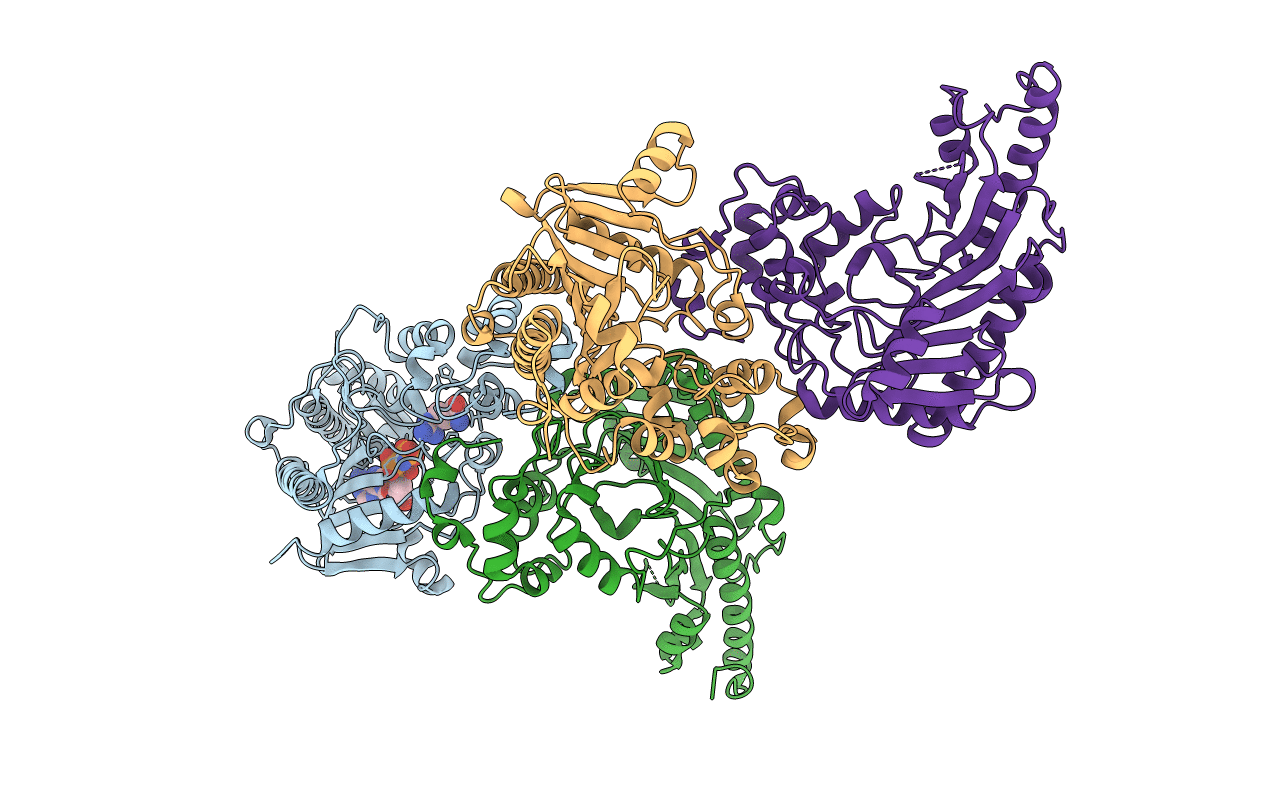
Deposition Date
2009-09-14
Release Date
2009-09-29
Last Version Date
2024-11-13
Entry Detail
PDB ID:
3JU6
Keywords:
Title:
Crystal Structure of Dimeric Arginine Kinase in Complex with AMPPNP and Arginine
Biological Source:
Source Organism:
Apostichopus japonicus (Taxon ID: 307972)
Host Organism:
Method Details:
Experimental Method:
Resolution:
2.45 Å
R-Value Free:
0.25
R-Value Work:
0.21
R-Value Observed:
0.22
Space Group:
P 1 21 1


